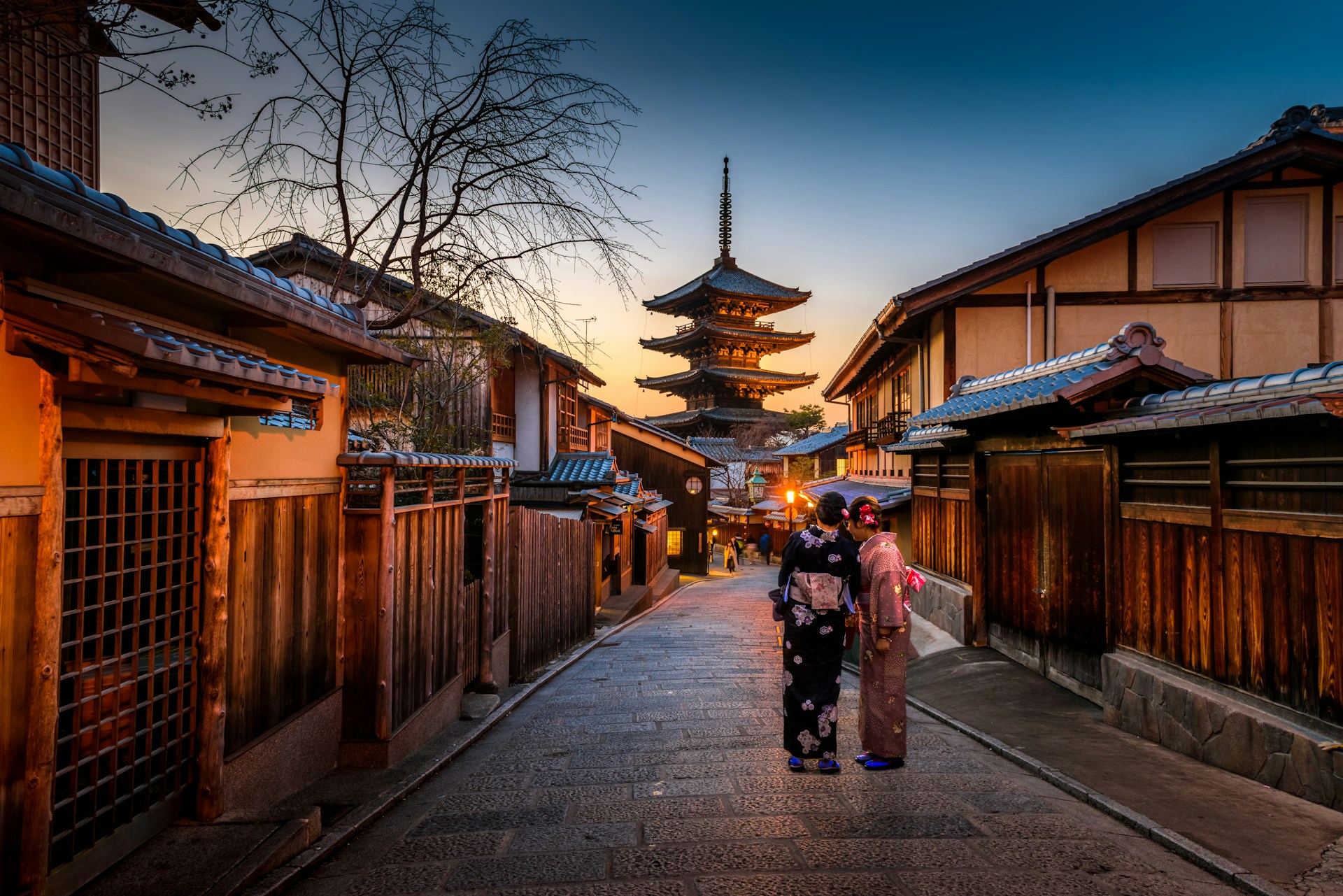Kyoto is the kind of city that feels like it was plucked from a dream. With over a thousand years of history etched into its streets, it manages to be both timeless and vibrantly alive. I arrived during the early days of spring, when cherry blossoms were just beginning to peek out from the trees, dusting the city in shades of pink. It didn’t take long to fall under its spell. From the moment I stepped out of the train station, I knew this wouldn’t be just another city visit—it would be a deeply personal experience.
I began my exploration in the Arashiyama district, home to the famous bamboo grove. Walking through those towering stalks, I felt dwarfed and humbled. The wind whispered between the bamboo, carrying with it a quiet that made even my footsteps seem too loud. Just beyond, I found the Tenryu-ji Temple and its meticulously maintained zen gardens—a haven of calm that made me pause for longer than expected. I sipped hot matcha at a nearby teahouse, my breath fogging slightly in the cool morning air.
One of the highlights of my visit was the Philosopher’s Path, a peaceful walkway that follows a cherry tree-lined canal. As I strolled along it, I passed elderly couples, students, and artists capturing the scenery on canvas. I stopped often—at tiny shrines, tucked-away cafés, and shops selling handmade crafts. Kyoto invites slowness; it rewards curiosity. Every side street felt like a secret waiting to be uncovered, and each meal—especially the kaiseki dinner I splurged on—felt like a cultural journey of its own.
My final evening was spent at Fushimi Inari Taisha, walking up the hillside through thousands of vermillion torii gates. As night fell and lanterns lit the path, I felt a deep sense of reverence. Kyoto has a way of making you reflect—not just on its history, but on your own place in the world. It’s not just a city to see, it’s one to feel. And long after I’ve left, I know I’ll carry the calm, the grace, and the quiet magic of Kyoto with me.


